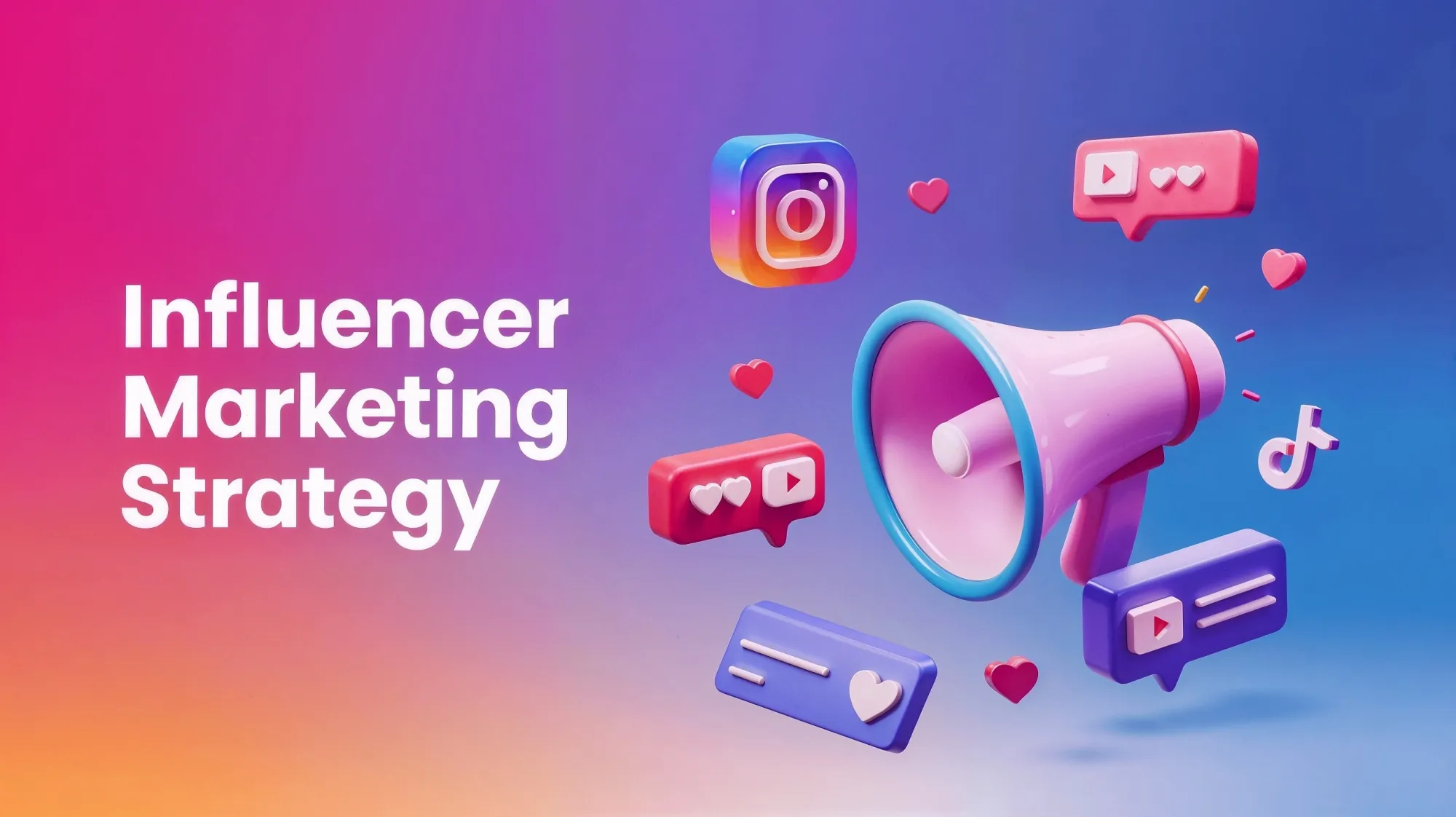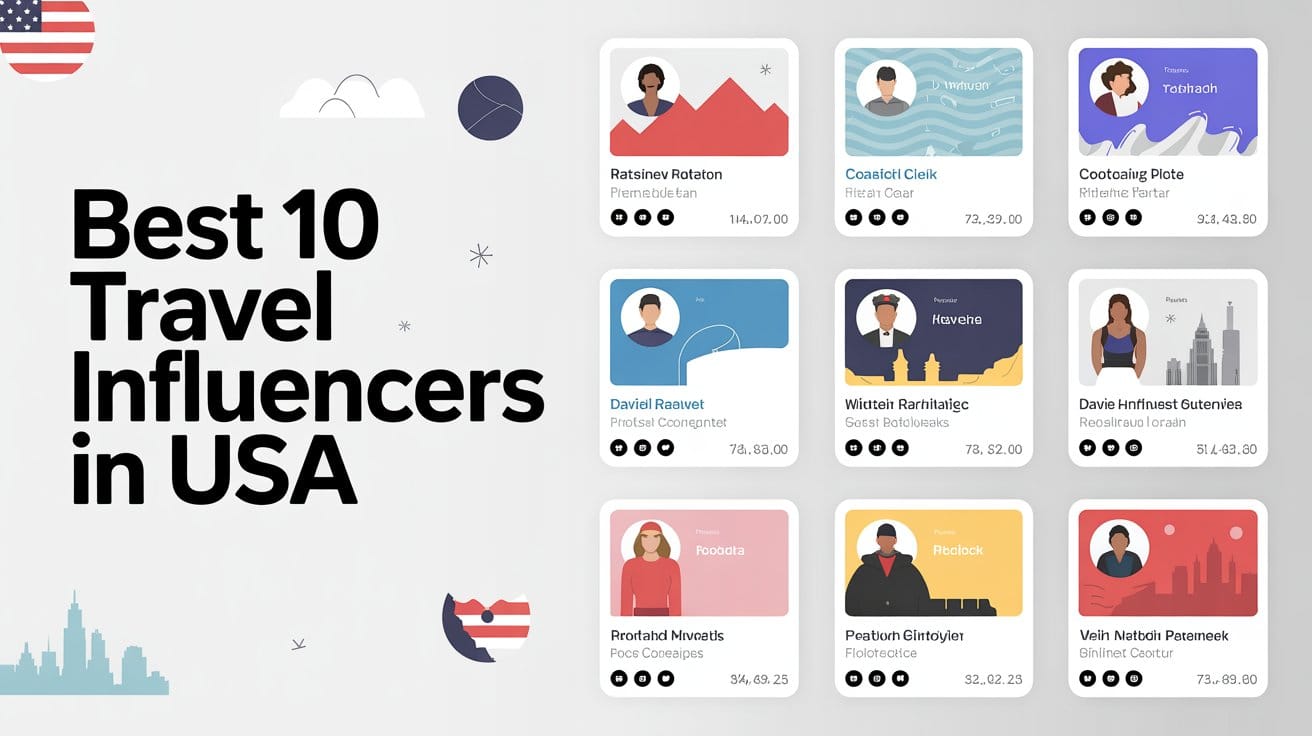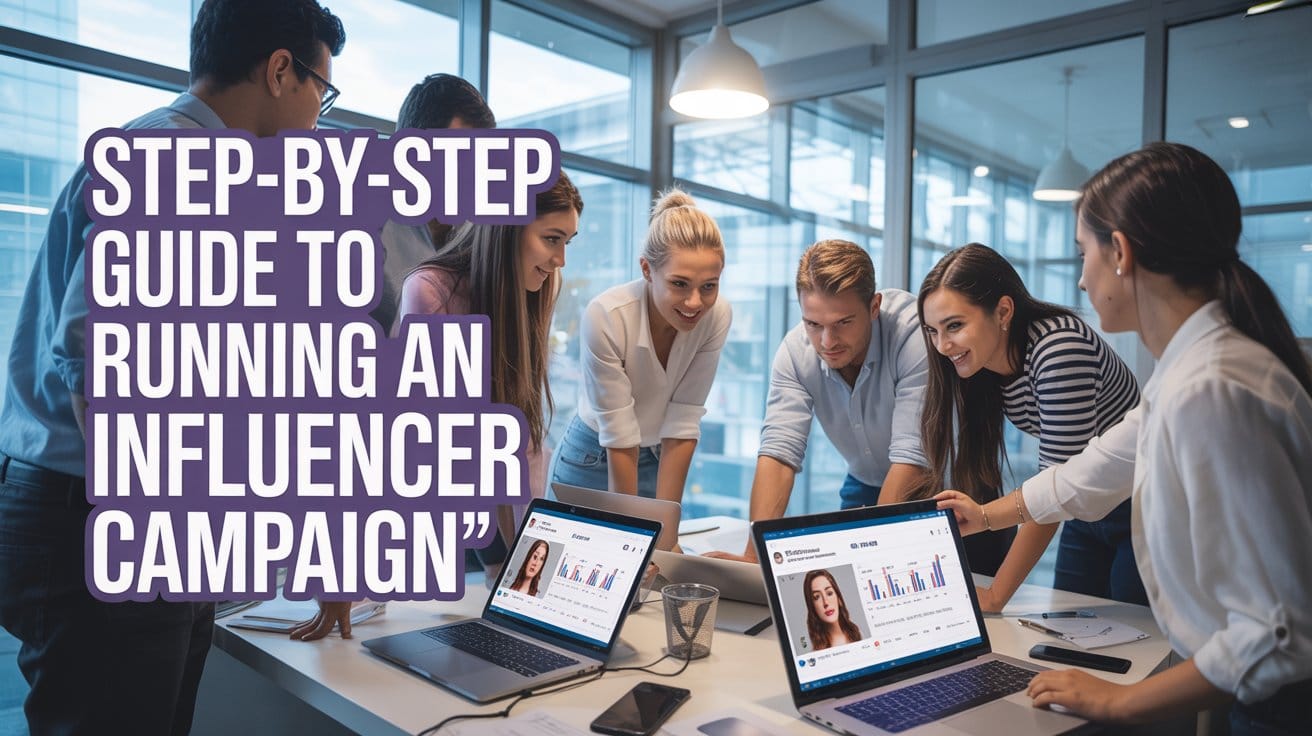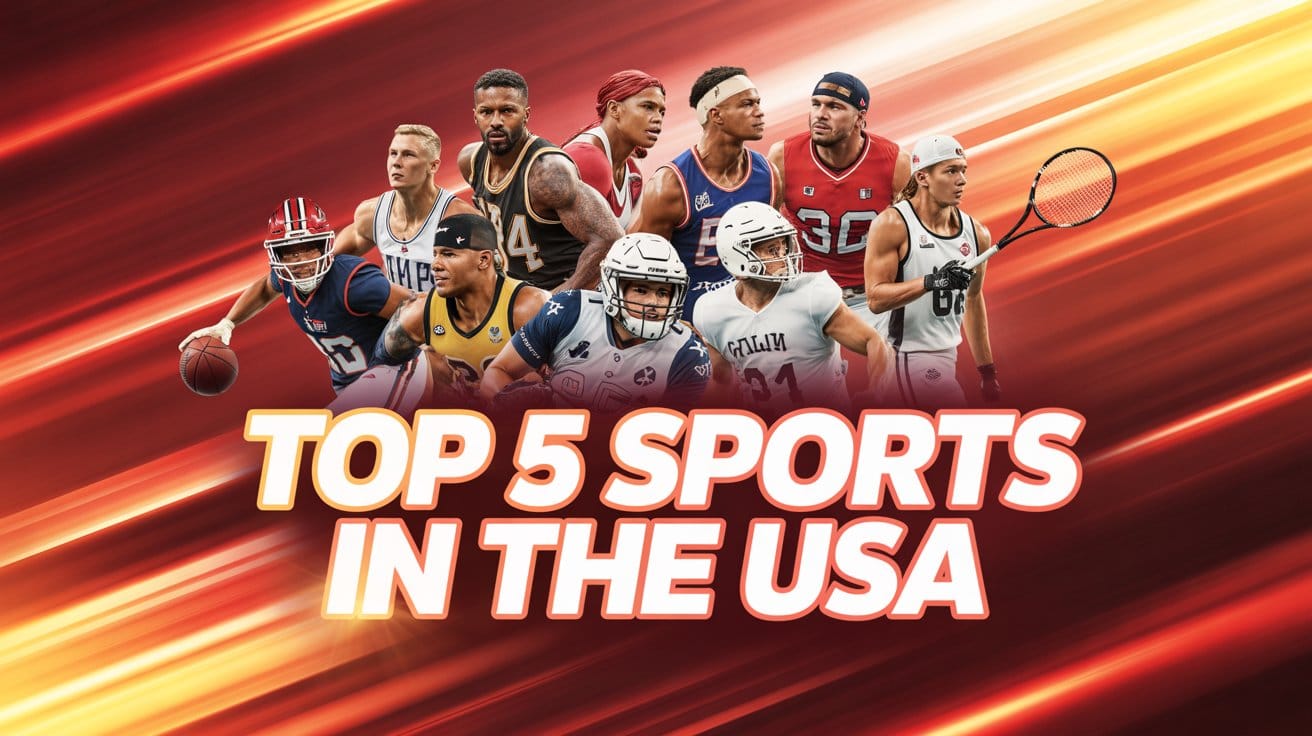Influencer marketing leverages the voices of individuals with loyal followings on social media. Imagine the impact when someone you admire genuinely recommends a product, rather than just seeing it in an ad. Influencers create an emotional connection that traditional ads simply can’t replicate.
💡 Why Build an Influencer Marketing Strategy?
A well-thought-out influencer marketing strategy can significantly enhance the effectiveness of your campaigns, ensuring your resources are spent efficiently. Here’s why you need one:
- 🎯 Align with Business Goals: Make sure your influencer efforts contribute directly to measurable objectives.
- 👥 Target the Right Audience: Engage with individuals who are genuinely interested in your product for better engagement and higher conversions.
- 💰 Optimize Resources: Focus your energy and budget on strategies that offer the best ROI.
Example: Sugar Cosmetics effectively expanded its reach by collaborating with beauty influencers who shared makeup tips, tutorials, and reviews. This helped them build trust among India's beauty-conscious audience.
🎯 Step 1: Set Your Goals
The foundation of a successful influencer marketing strategy is setting clear, measurable goals. Consider your main objectives:
- 🌍 Brand Awareness: If your brand is new, focus on reaching as many relevant individuals as possible.
- ❤️ Engagement: Increase interactions like likes, comments, and shares.
- 💸 Conversions: Monitor sales or leads using trackable links or promo codes.
Use the SMART framework (Specific, Measurable, Achievable, Relevant, Time-bound) to set precise goals. For example, instead of “increase engagement,” aim for “a 20% increase in Instagram engagement in three months through collaborations with micro-influencers.”
Real-World Example: Mamaearth, aiming to enhance its eco-friendly brand image , partnered with influencers focused on sustainability. This allowed them to connect with eco-conscious audiences.
👥 Step 2: Know Your Audience Inside-Out
To make your influencer marketing strategy truly effective, understanding your audience is key. Here’s what you need to consider:
- 🧑🤝🧑 Demographics: Age, gender, and location.
- 💭 Psychographics: Interests, values, and lifestyle.
Example: UrbanClap (now Urban Company) collaborates with lifestyle influencers who cater to busy urbanites, helping them engage an audience that values convenience.
Leverage tools like Google Analytics, Instagram Insights, and social listening platforms to understand your audience’s preferences and pain points.
👩💻 Step 3: Choose the Right Influencers
Don't just focus on follower count. Find influencers whose audience aligns with your brand, ensuring greater engagement. Here’s a breakdown of influencer types:
- 🧑🎤 Nano-influencers (1K–10K followers): Highly engaged niche audiences, perfect for small, targeted campaigns.
- 👩🦰 Micro-influencers (10K–100K followers): Strong engagement, ideal for authentic endorsements.
- 👨💻 Macro-influencers (100K–1M followers): Great for raising brand awareness on a larger scale.
- 🌍 Mega-influencers (>1M followers): Best suited for large brands aiming for massive reach.
Example: Lenskart frequently collaborates with micro and macro-influencers in the fashion and lifestyle space to position their eyewear as both stylish and essential.
Look beyond follower count. Check engagement rates and past brand collaborations to gauge the influencer’s authenticity. Choose influencers whose values align with your brand for a more credible and effective partnership.
🎬 Step 4: Develop a Content Plan That Resonates
An influencer marketing plan doesn’t work if it relies on the influencer alone; you need compelling content that tells a story. Work with influencers to create content that feels both genuine and engaging. Here are some campaign ideas:
- 🎁 Product Giveaways: Encourages engagement, as participants tag friends and share posts.
- 🎥 Tutorials: Adds educational value, especially effective for beauty, fitness, or tech brands.
- 📦 Unboxing and Reviews: Builds anticipation and trust as the influencer gives an honest review.
Example: Nykaa partners with influencers to create makeup and skincare tutorials. These tutorials turn product demos into valuable content for their audience, blending education with entertainment.
Allow influencers some creative freedom to present your product in their unique style. Authenticity leads to higher engagement and builds trust with the audience.
💸 Step 5: Set the Budget and Define Terms Clearly
Your budget should reflect your goals, target audience, and the influencer tier you’re interested in. Nano and micro-influencers are generally more affordable and often deliver higher engagement rates, making them a great choice for brands looking to maximize impact on a budget.
Negotiation Tips:
- 📅 Define clear deliverables, such as the number of posts or stories.
- 💵 Discuss compensation, which could be a fixed fee, affiliate commissions, or product gifting.
- 📝 Outline contract terms, including deadlines, content rights, and exclusivity clauses.
Example: Swiggy works with a mix of micro and macro influencers, especially for campaigns like “Swiggy Genie,” where influencers share relatable, real-life uses of the service, connecting strongly with their urban audience.
🚀 Step 6: Execute, Engage, and Track Performance
Now it’s time to bring your influencer campaign to life. Here are some tips to keep everything on track:
- ⏱️ Engage with Content in Real-Time: Encourage your team to like, comment, and share influencer posts to maximize visibility.
- 📊 Track Engagement and Mentions: Real-time monitoring allows you to respond quickly to user feedback and maximize interaction.
Example: Zomato collaborates with influencers to promote restaurant launches and services, keeping followers entertained and engaged with their playful social media presence.
📈 Step 7: Measure Success and Optimize for Future Campaigns
After your campaign ends, evaluate its success. Tracking metrics gives you the insights needed to optimize future strategies.
Key Metrics:
- ❤️ Engagement Rate: A high rate shows the influencer’s audience resonates with your brand.
- 🌎 Reach and Impressions: Helps you understand the scope of your campaign.
- 💳 Conversions: Use unique codes or links to track sales or leads.
Example: Tata CLiQ Luxury partnered with fashion influencers to position itself as a luxury shopping destination. By closely tracking engagement and conversions, they gained insights into which influencers and content types resonated most with their target audience.
Use tools like Google Analytics, Instagram Insights, and Brand24 to measure KPIs relevant to your goals. Adjust future campaigns based on these insights for continuous improvement.
Conclusion
Creating an influencer marketing strategy isn’t just about picking popular influencers; it’s about crafting a plan that reflects your brand values, connects with the right audience, and achieves measurable goals. By following these steps, you’ll be ready to launch campaigns that build trust, drive engagement, and yield high returns.
Take the first step today by defining clear goals, researching your audience, and finding influencers who align with your brand vision. With the right approach, influencer marketing can become one of your brand’s most powerful tools for growth.















